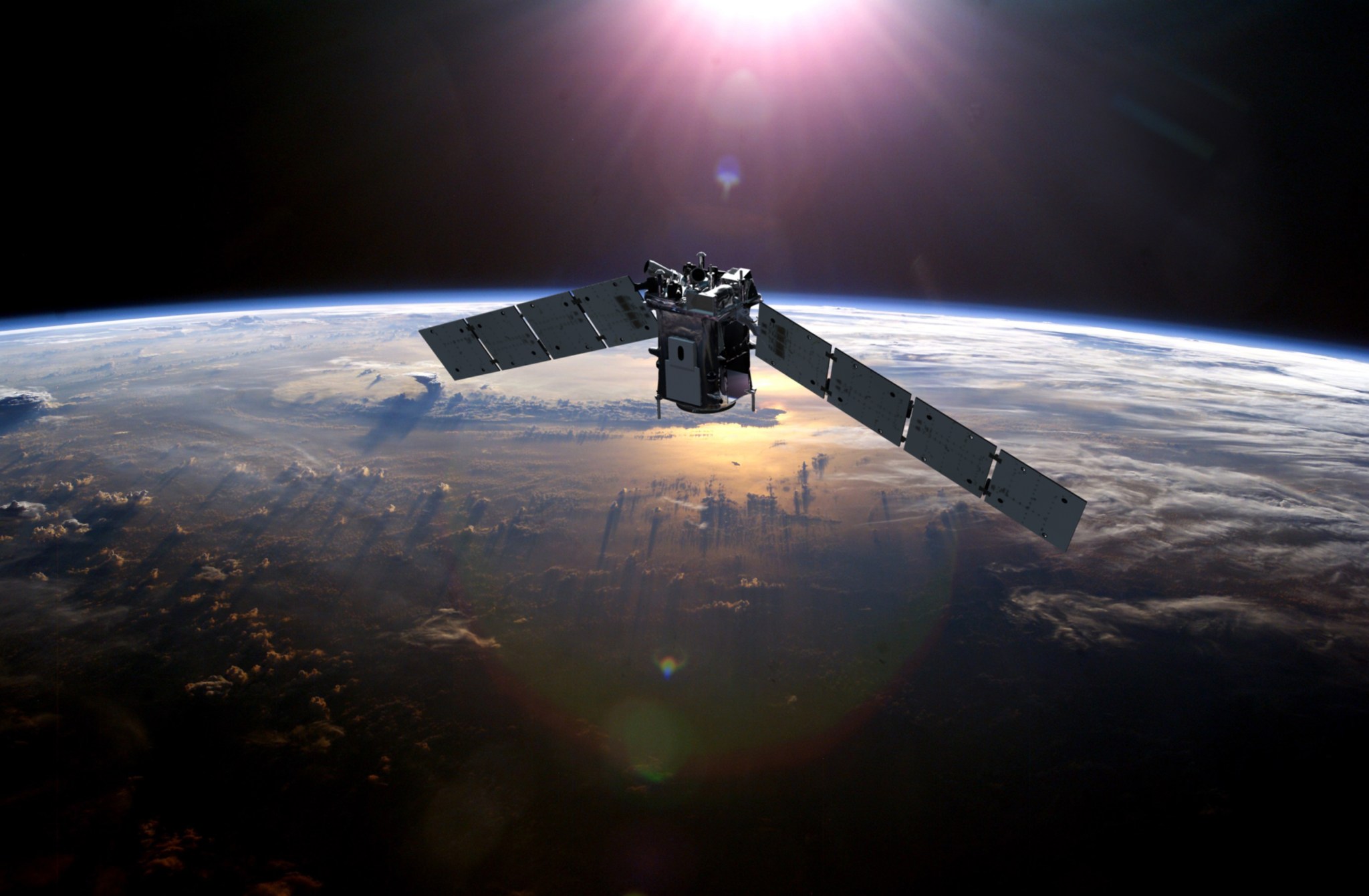Launched Dec. 7, 2001, NASA’s TIMED spacecraft has spent 15 years observing the dynamics of the upper regions of Earth’s atmosphere – comprising the mesosphere, thermosphere and ionosphere. The slice that TIMED studies spans altitudes of about 40 to 110 miles above Earth’s surface. Here, the atmosphere is just a tenuous wash of particles that reacts both to energy inputs from above – from changes in the space environment largely due to the sun – and forcing from below, including terrestrial winds.
TIMED’s 15 years of data has given scientists an unprecedented perspective on changes in the upper atmosphere. The long lifespan has allowed scientists to track the upper atmosphere’s response to both quick-changing conditions – like individual solar storms – throughout the sun’s 11-year activity cycle, as well as longer trends, like TIMED’s detection of unexpectedly fast increases in carbon dioxide in Earth’s upper atmosphere.
NASA’s Goddard Space Flight Center in Greenbelt, Maryland, manages the TIMED mission for the Heliophysics Division within the Science Mission Directorate at NASA Headquarters in Washington. The Johns Hopkins University Applied Physics Laboratory in Laurel, Maryland, built and operates the spacecraft for NASA.
By Sarah Frazier
NASA’s Goddard Space Flight Center, Greenbelt, Md.
























